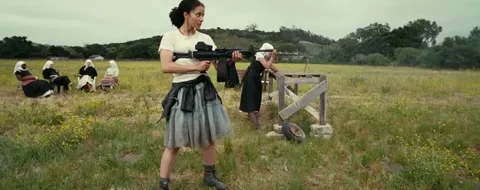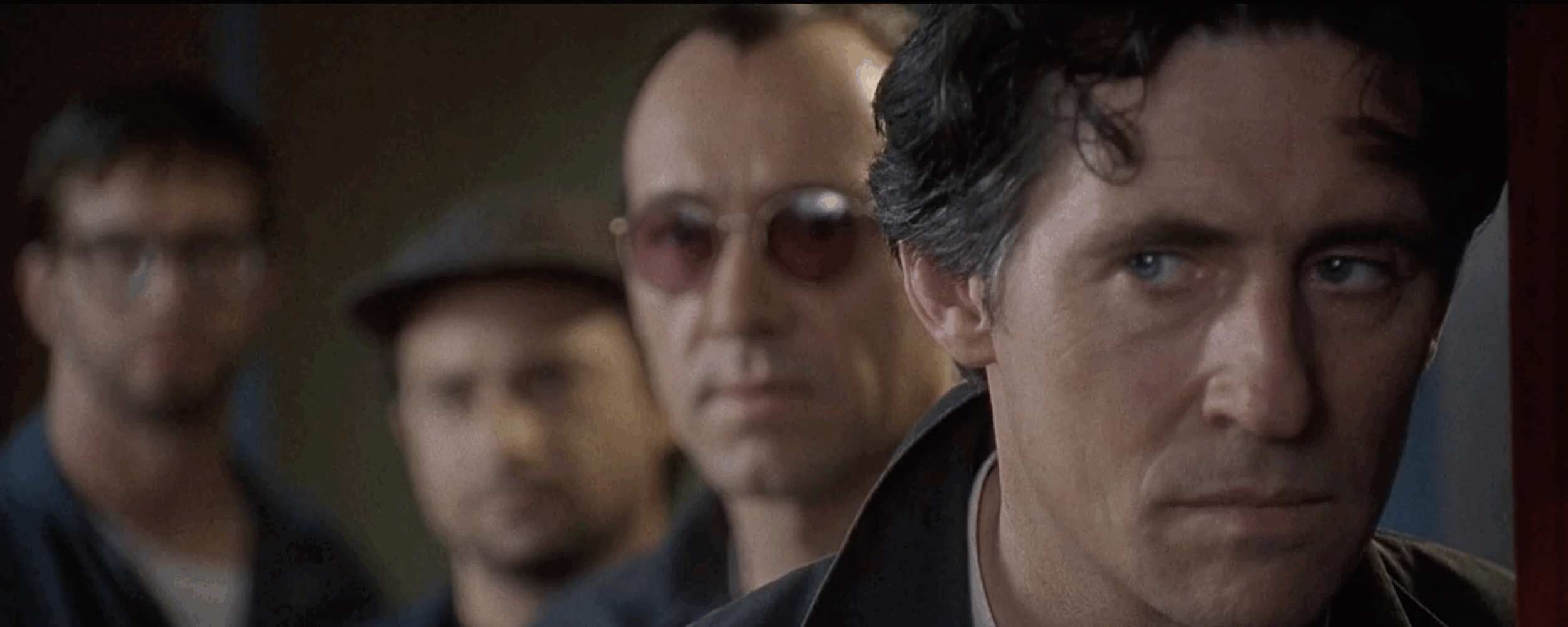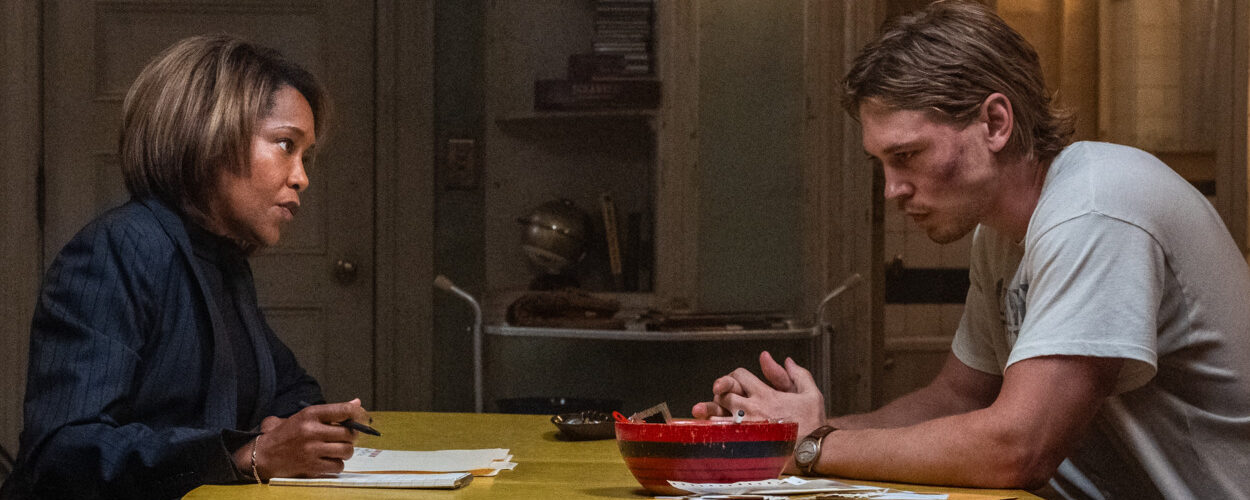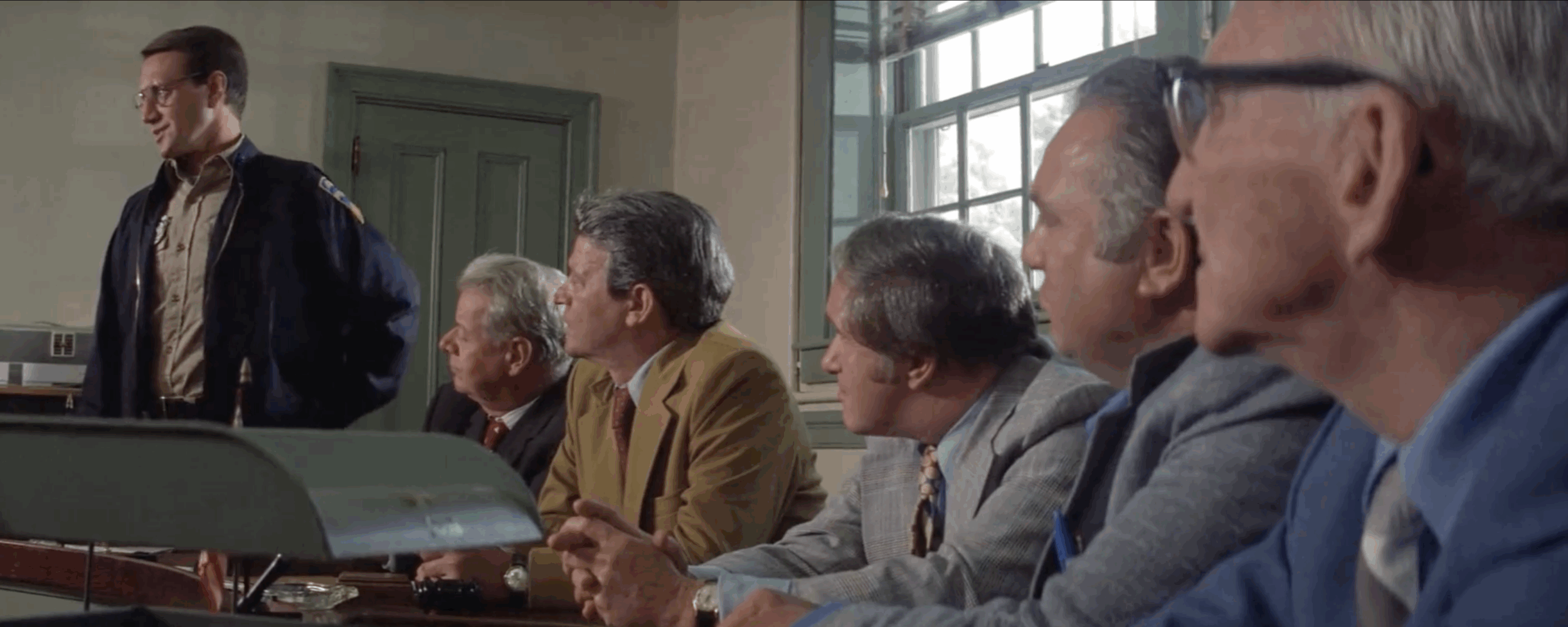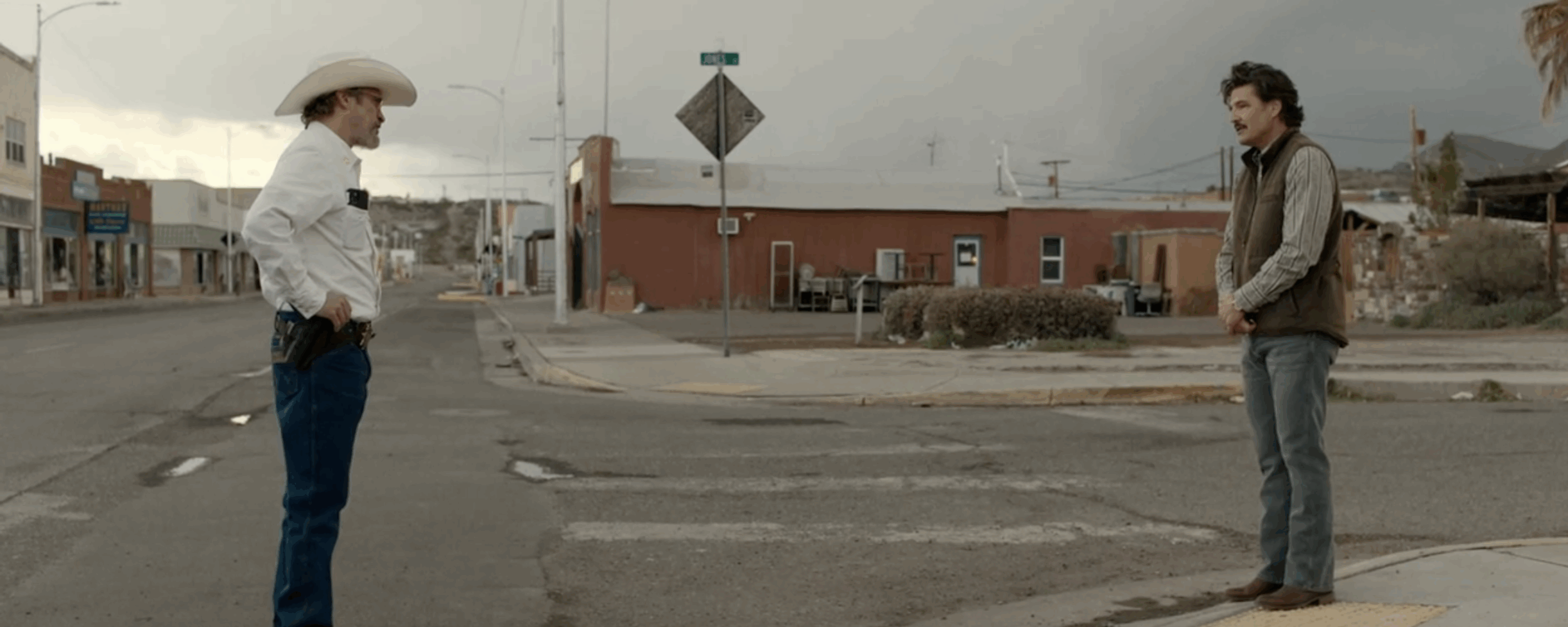Caught Stealing is the latest film from Darren Aronofsky. It concerns Hank (Austin Butler) who gets himself inadvertently involved in a multi-million dollar drug feud. It has been a few years since the release of The Whale from Aronofsky, and this couldn’t be further in style and many could see going back to his roots of psychological inner turmoil. The film sets itself in 1998 which is also the year of his first feature length film Pi. As I will go on to highlight, you get the feeling that if he actually made the film in 1998 it would’ve been a lot better than making it today.
It first Darren Aronofsky film I have struggled with on first viewing so the first thing I ask myself is to what the usual successful formula for his movies is. They deal with obsession and isolated characters where through tapping into their psyche, we can gain a deeper understanding of our own existence. You see this here in Caught Stealing: it concerns a troubled character, who has his own addiction issue, it also seems to be an analogy for his own internal issues and more importantly it all descends into chaos. Its a tricky formula to get right which Aronofsky has managed in the past, whereas here it feels like he’s taken on too much. There is little cohesion between all these important elements and ends up feeling like a generic crime film.
I haven’t read the original book but I’m sure it is a good read, like all Aronofsky films he always picks good source material. The issue here is how its being presented on the big screen. Austin Butler has more than proved himself by this point, its only been a week or so since I seen him in Eddington (Aster, 2025) which he excelled at portraying a conspiracy theorist. Here it feels like hes been cast in the wrong movie. Either the writing has let him down or its not the right role for him, but there is no scale to his inner turmoil which feels more like he wants this to happen rather than something he is trying to escape from. The only half-decent portrayal came from Matt Smith as Russ the token cockney for the film. You do feel that he really liked playing the role, even if it was just another stereotypical Londoner in New York who also calls the band IDLES, ‘The Idles’ which really wound me up.
I enjoyed the soundtrack to the film but at the same time, I only enjoyed it because I was a fan of the music. It served its purpose by reminding us that it was set in 1998 and not the modern day but didn’t create any feeling towards what was being shown on screen. In fact it brought us closer to the modern day when you feel Aronofsky was trying to make it seem was set in a long forgotten past. It at times made out that the plot was concerned with the results of gentrification yet kept abandoning this under conceived idea. Its meant to show this pivotal point in New York history with these different characters from all walks of life playing off each other, yet it felt more like a superhero spin off where all these factions have been forced to share a storyline with one another.
If you look at the poster for the film or the trailer full of spoilers for the whole plot of the movie, you could tell it was going to be a standard genre crime film with no surprises. The biggest surprise is when you know who directs it. The film still deserves three stars but the reason why this has been so negative is because you’d expect so much better from him. A director well known for a unique style of cinematography where close ups or the angle of shots illustrates the deeper meaning of a movie. Yet here there is none of that. Requiem For A Dream was the first film I seen of his and it felt so fresh, like nothing I’ve seen before. Caught Stealing, you could just watch the trailer than you’ve seen the whole film.
